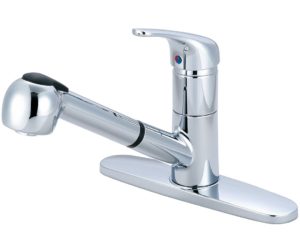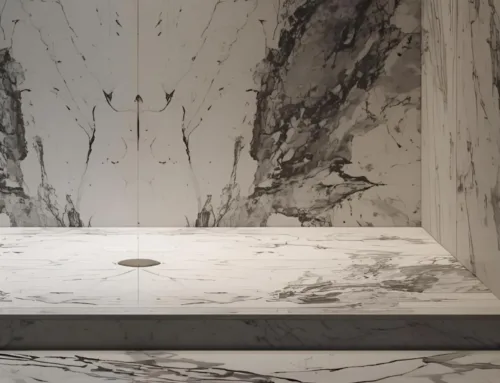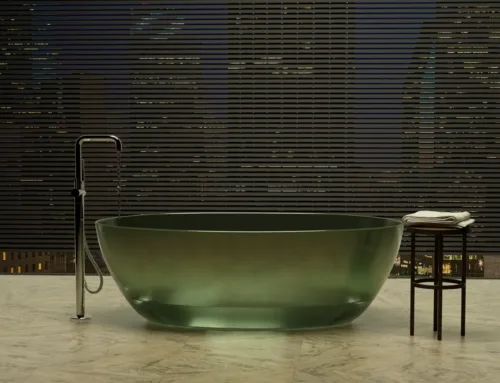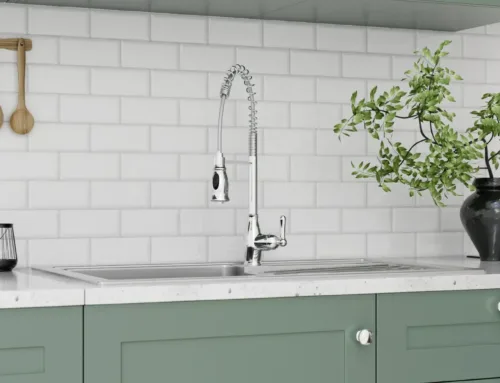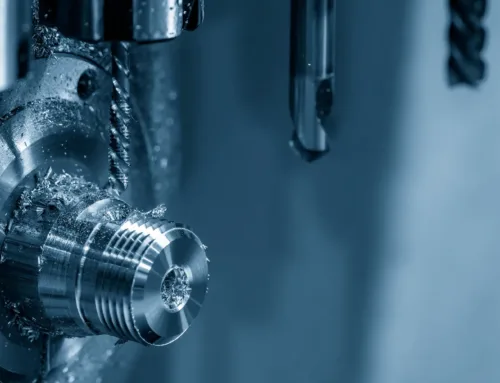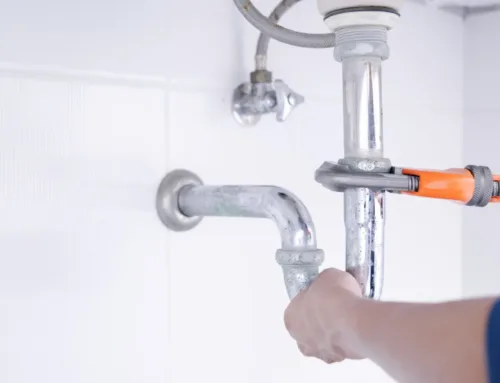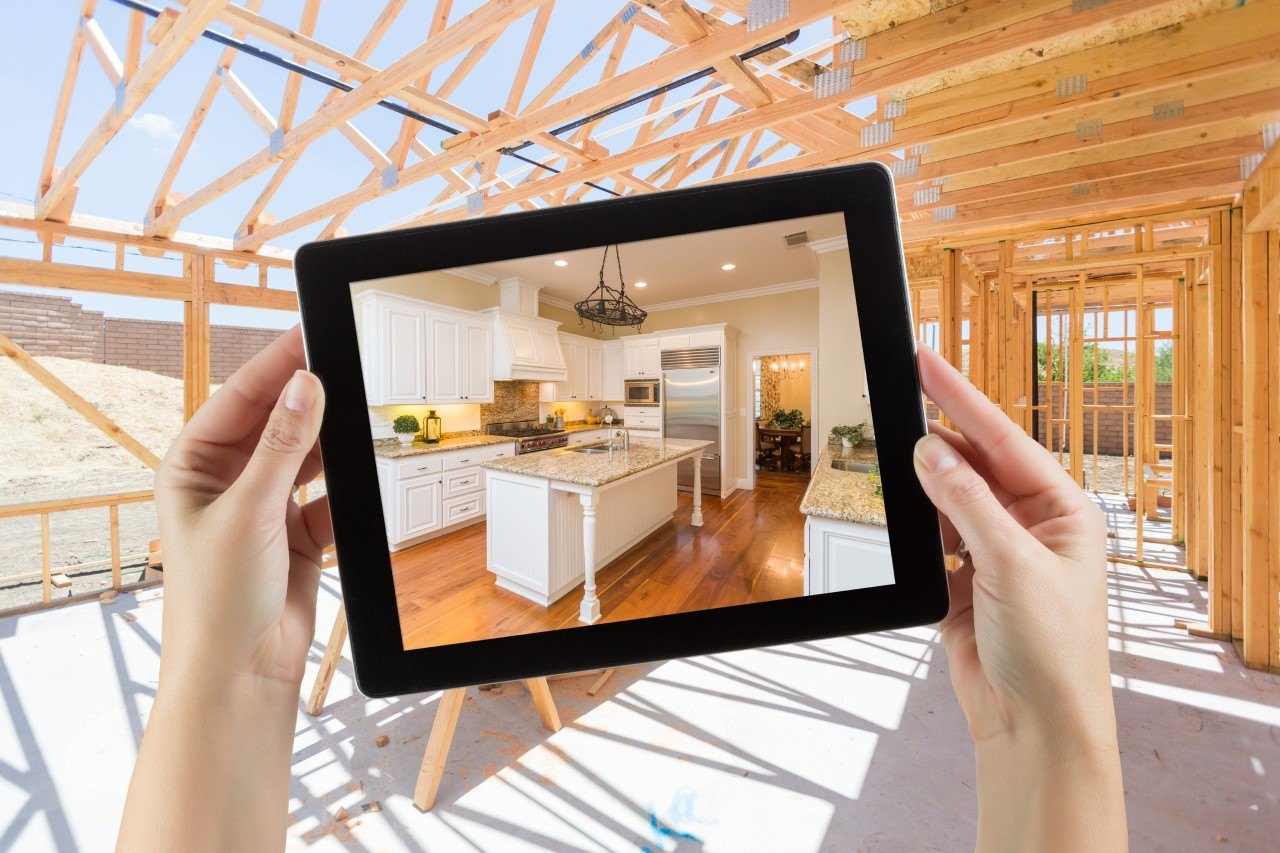
A strong economy is always good for business, and one of the top industries benefiting from this upward trend is construction. Quick to regain momentum after the economic crash of 2008, the demand for development continues to climb steadily. While this is good news, it’s not without its own set of challenges, namely a shortage of workers and the fluctuating costs of building supplies as the demand grows higher. Here’s what you can expect in the coming year and a few of the ways industry companies are overcoming the obstacles.
Increased Technology
With America’s current unemployment rate of 3.7%, compared to 5.6% five years ago, labor in the construction industry has grown harder to come by. While these lower unemployment rates help with the upswing in construction demand, it creates a pressing need for workers across the country. The Bureau of Labor Statistics Job Openings cites there are “200,000 construction industry jobs left unfilled across the country.” As we head into 2020, construction technology is helping fill in the gap. Work that used to take hours to complete can now be accomplished quickly with new tools like drones capable of mapping construction projects and making real-time updates on progress. Automated machinery, and project management software, are just a few more ways that technology is not only booming in the construction industry now but will continue to gain in popularity and advancements in 2020.
Construction Material Demands and Costs
The crossovers in construction spending and material costs play one of the most significant roles in profit margins in the construction industry. While the economy grew stronger, the cost of lumber and steel were on the rise in 2018. The good news for the construction sector was the price of steel and lumber steadily dropping throughout 2019. The strength of the US dollar, construction demand, tariffs and supply shortages due to natural disasters all factor into the fluctuating costs, but if the trend continues, the projection is that the prices of materials may climb at a slower rate in 2020 than they did previously in the boom of 2018. The outlook for construction spending is forecasted to rise over the coming year, which points to a bright outlook for the industry.
Adapting to Economy Changes
In the construction business, both small and large-scale, adaptation is key to success. As the construction seasons fluctuate, and cities’ economies experience rises and dips, the industry has ways to use both sides of the pendulum to their advantage. When construction slows, supply for more cost-effective builds rises, such as businesses turning to modular units equipped with pre-mounted solutions like the Motegi Single Handle Bathroom Wall Mount Vessel Filler Model# 3MT800 for faster deployment. Investors able to use the temporarily sluggish market to their advantage may be more willing to invest in larger projects. Marketing to the changing demand is key to the industry demands of 2020 and beyond.
Green Builds
Over the past five years, green builds have not only increased, but they have become much a more budget-friendly option for businesses and homeowners. Building green to varying levels have become an industry standard — and requirement in some places as LEED-certified projects are the new norm. Statistics show that “The green building market is anticipated to be among the fastest-growing industries worldwide. The number of LEED-certified projects in the United States rose from 296 certifications in 2006 up to over 67,200 in 2018.” Construction companies staying on top of this trend will find their business continues to climb.
The coming year is forecasted to be strong for the construction industry. With a transition to newer methods of technology and a willingness to adapt to new green standards, companies can keep a positive outlook for 2020 and beyond.
Product Spotlight: ELITE
Single Handle Pull-Out Kitchen Faucet
MODEL# K-5030
Description
- Single Handle Pull-Out Kitchen Faucet
- Metal Lever Handle
- Pull-Out Head with 2 Spray Patterns Swivel 180°
- 8-3/4″ Reach, 5-3/16″ From Deck to Aerator
- Ceramic Disc Cartridge with Temperature Limit Stop
- 1 or 3-Hole 8″ Installation
- Easy-Install 30″ Flex Supply Lines With 3/8″ Connections
- With 1.8 GPM Flow Rate
- Deck Cover Plate Included
CERTIFICATIONS
- ADA Compliant
- Lead Free
- IAPMO Listed
- CUPC Listed
- NSF Certified



